7 Boat Life Tips for Easy Living on the Water
As an Amazon Associate, we earn from qualifying purchases. We also earn from other affiliate websites. See our full disclaimer.
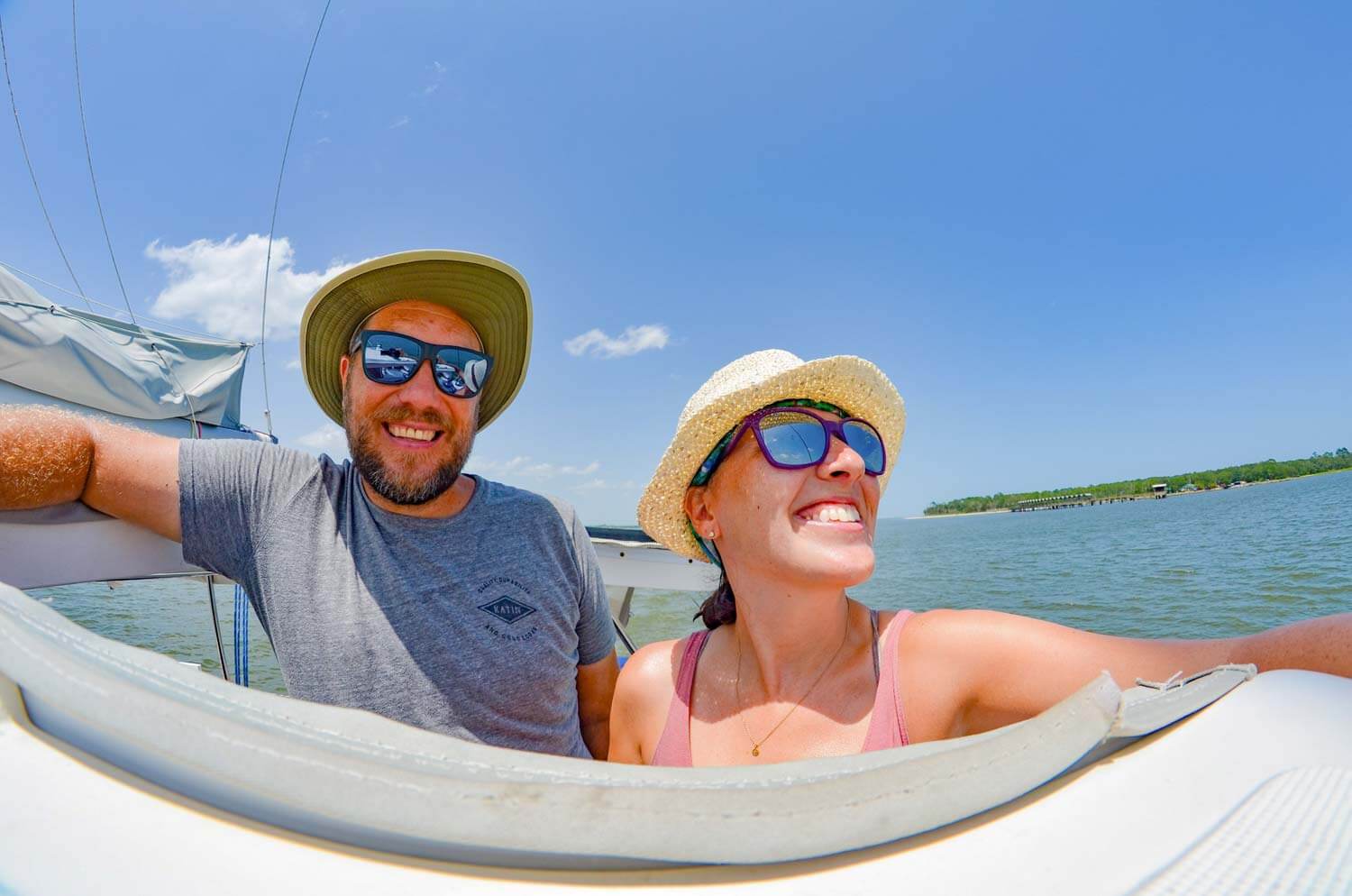
When we decided to pursue life on a sailboat, I knew there would be a steep learning curve. Especially with no prior experience owning, living on, or sailing a boat.
As a thorough researcher, I developed my own ideas about what challenges we would face and tried to prepare for this completely new lifestyle.
Reflecting on those first few months of boat life, here are tips for a few things I initially overlooked that can lead to an easier life on the water.
1. Learn How to Maintain Your Boat
In your first week as a boat owner, there’s no doubt your first lesson will be that there’s always a massive list of boat projects.
“B.O.A.T – break out another thousand.”
“Cruising is fixing your boat in exotic locations.”
“The two best days a boat owner will ever know are the day they buy the boat and the day they sell it.”
You hear these adages and coolly laugh them off. Then you’re a boat owner, and you start to grasp that truth while contorted in an engine compartment in 90-degree weather.
You’ll set yourself up for success (and relief some future frustration) if you make strides to educate yourself on boat maintenance.

Have you ever worked on a diesel engine? Or do you have an aptitude for mechanics? If you’re a natural troubleshooter, you can probably figure things out as you go along with a little help from YouTube and the boating community.
Are you feeling nervous about engine or electrical maintenance? You might consider a class to boost your confidence. The Annapolis School of Seamanship has classes for electrical and marine diesel.
If you haven’t heard the name Nigel Calder yet, you will. In fact, when we have an issue we can’t solve, we’ll often say, “what does Nigel have to say about it?” and proceed to locate his book, Boatowners Mechanical and Electrical Manual. This is a bit of a “maintenance bible” in the boating world.
READ MORE: We’ve picked up a few unique tools that make working on the boat a bit easier. Check out our list of must-have boat tools here.
2. Practice Water Conservation
Despite being surrounded by it, water is a hot commodity on a boat.
When living on the anchor, you’ll want to manage your freshwater supply to avoid unnecessary trips to the dock. Forming a few good habits will make a big difference in your daily water consumption.
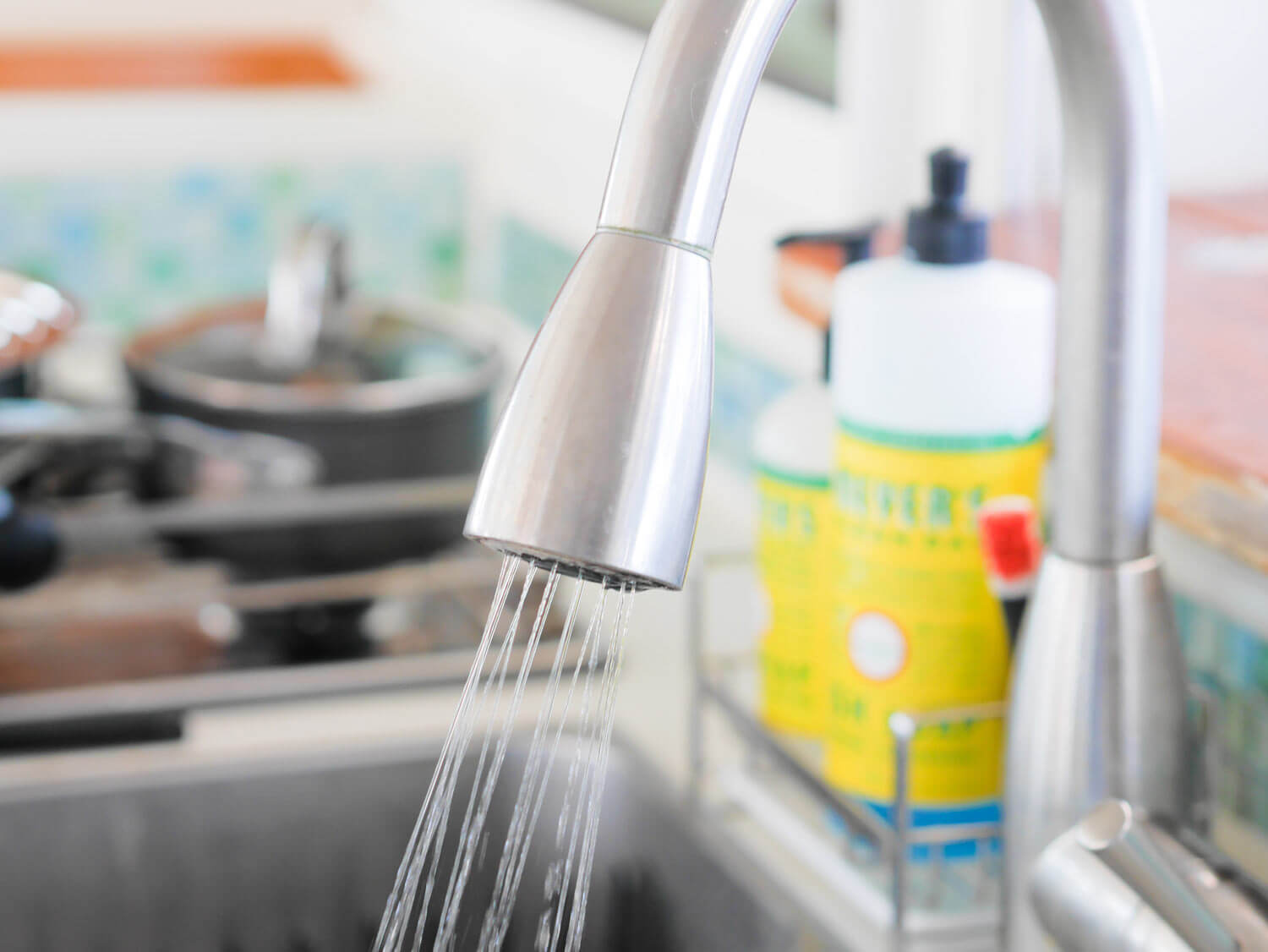
Here are a few tips for using less water.
- WASHING DISHES. Consider an initial saltwater rinse to get the food layer off your plates, pots, and pans. Use a tub in the sink to minimize wash and rinse water.
- SHOWERING. Only run the water to wet yourself down and rinse. Invest in a water-saving showerhead such as Oxygenics that won’t run through your water supply at four gallons per minute.
- LAUNDRY. Work toward building a wardrobe of lightweight, odor-resistant clothing that hides stains. Having the right clothes will help you maximize your number of wears before laundry day, ultimately saving water!
READ MORE: For more water conservation tips, check out How to Save Water on a Boat.
3. Learn How to Stay Cool Onboard
Spoiler alert: we don’t have A/C on the boat.
One of the first things Ross talked me into buying was an ice maker. I never thought this was something we would “need.” It just wasn’t on the priority list. But the trade-off in space is more than worth the boost in crew morale during the summer months.
The ice maker even ended up making our list of sailboat galley essentials.
The second thing we splurged on was wind scoops. Finding ways to circulate air throughout the boat is the best way to stay cool. Wind scoops are vital to accomplishing this.
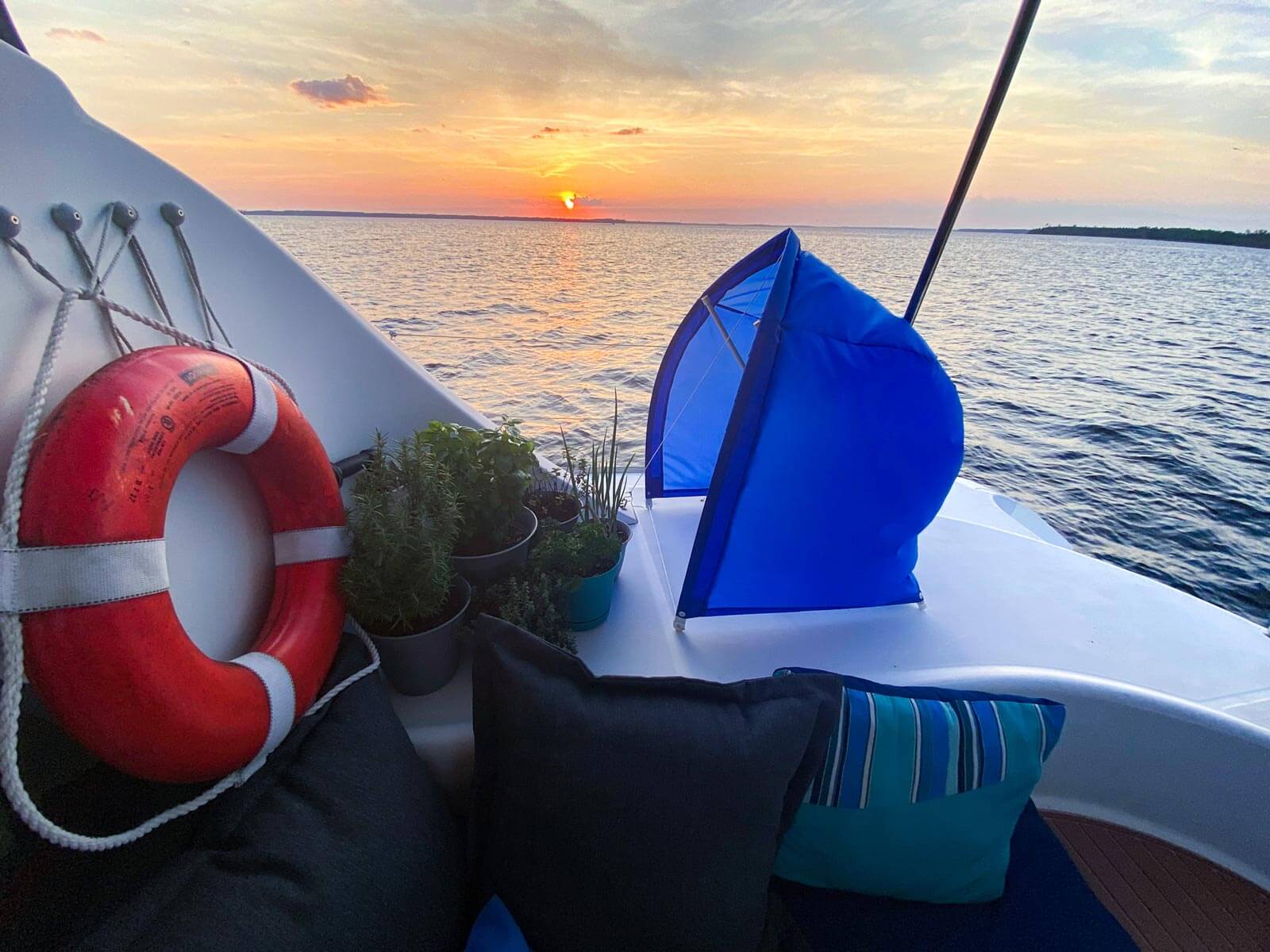
The Breeze Booster brand is ideal for catamarans. They are easy to put up and take down and make a massive difference in the lower cabins’ air circulation.
READ MORE: These also made our list of 10 Essentials for Life on a Sailboat.
4. Control Mold & Mildew
The summer temperature not only affects our quality of living but the heat and humidity of the southeast create a breeding ground for mold. In the winter, the condensation can make an even more mildewy environment.
Here are a few tips for cleaning and slowing mold growth on a boat.
- OPEN THE HATCHES. Keeping air and light circulating as much as possible is key to slowing mold growth.
- USE PLASTIC BAGS FOR STORAGE. Storing things in sealed bags will keep your stuff free from mold in less frequently accessed lockers. We couldn’t live without these Spacesaver bags.
- USE CLEANERS TO SLOW DOWN MOLD. I love this mold slayer for mold and mildew prevention. Also, plain vinegar and water with a bit of tea tree oil is a great natural cleaner. (Be careful with tea tree if you have cats.)
- USE A GOOD CLEANING CLOTH. This E-Cloth set is perfect for tackling dirty walls and ceilings with just water – I clean with these and then spray a mold preventative to finish up.
READ MORE: For more tips on mold control and storage onboard, check out Boat Storage Ideas for Liveaboards.
5. Find Your Style for Cooking on a Boat
Developing a system for cooking on board is essential to enjoying this lifestyle.
The luxury of any last-minute run to the store is a distant memory, and your new cooking space is minimal. Yet, we all still want to eat healthy, tasty meals!

Here are a few culinary realizations that have helped us ease the transition.
- SPICING UP BOXED MEALS. Ramen and mac and cheese get a makeover by adding veggies, spices, and other toppings.
- MEALS MADE IN STAGES. Tacos with refried beans, pickled onions, and avocado sauce are a go-to. I make the onions and sauce a day ahead and the refried beans before dinner, making it a quick meal.
- ONE-POT MEALS ARE MY JAM. Pasta dishes, hearty soups, and Spanish rice are a few go-to meals for easy cooking onboard. They save cooking space, and you can tackle most of the cleanup while the pot is still on the stove.
- ESTABLISHING AN EASY ROUTINE FOR BREAKFAST. Ross makes oatmeal and hot tea. I enjoy yogurt and homemade granola. None of the ingredients (save one) need refrigeration, so you can stock up on everything. You can even make your own yogurt.
READ MORE: Check out 7 Flexible Meals on a Boat and Simple Ideas for Breakfast Onboard for more about cooking meals.
6. Keep Your Wardrobe Small
If you could see my closet from 2015, you would have questioned my dream to live on a boat. The extensive collections of tote bags and leather boots didn’t seem bound for life on the water.
A few years and copious amounts of re-homed clothes later, I managed to whittle my wardrobe down to live aboard size.
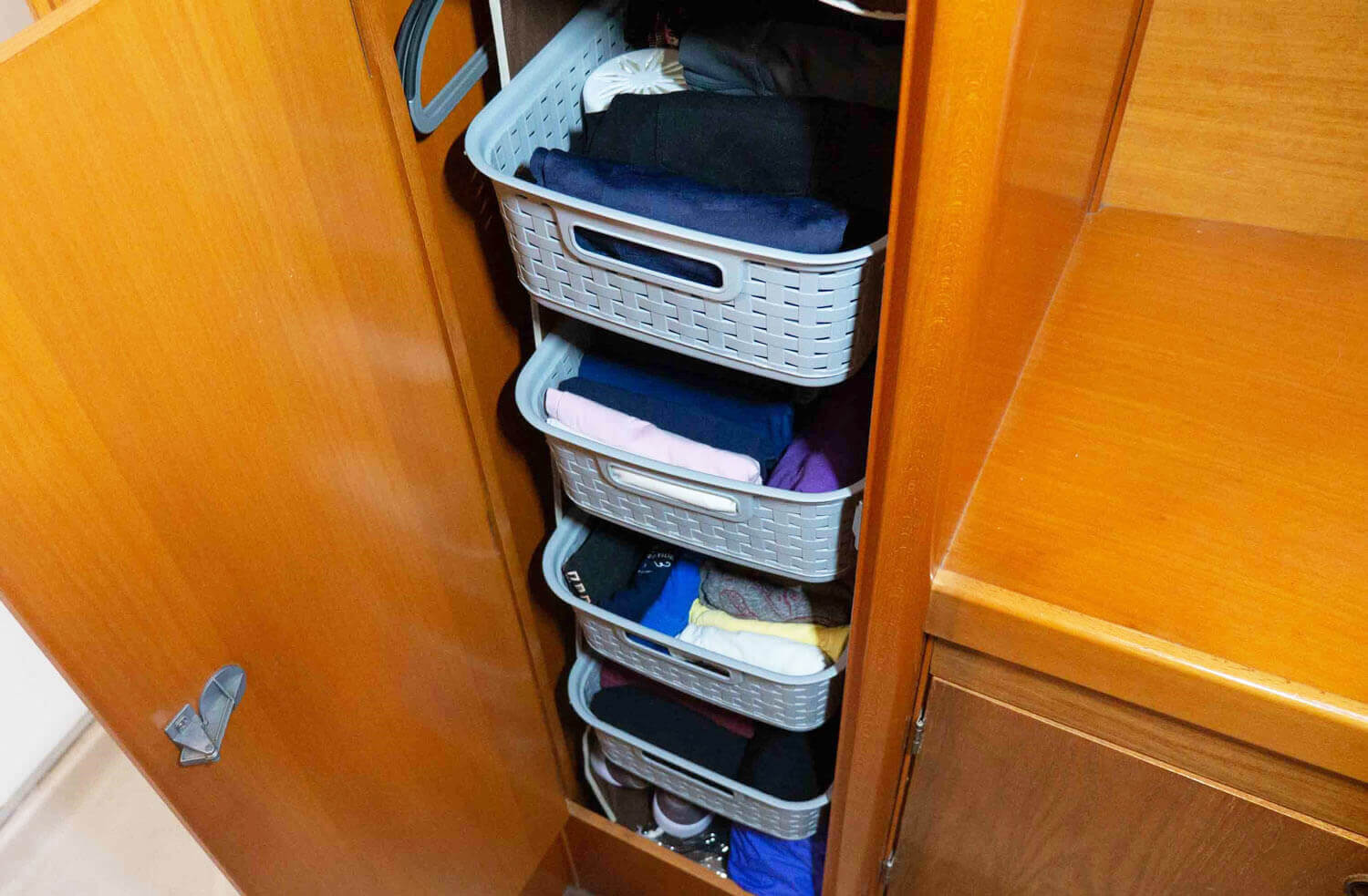
It was one of the most challenging changes I made getting ready to live a nomadic lifestyle. But as they say, effort usually equals the reward.
Honestly, I miss nothing from the downsize, and now I love everything in my closet (um, clothing locker). I’m more stress-free when it comes to my clothes, and getting dressed in the morning is never a big task.
Even more satisfying, I look forward to the evolution of my boat life wardrobe.
READ MORE: Check out What to Wear Sailing and How to Downsize Your Wardrobe.
7. Go Zero Waste
Don’t run away screaming yet. You don’t need to go entirely to zero waste. But cutting down on single-use paper and plastic will dramatically help with saving space and reducing trash.
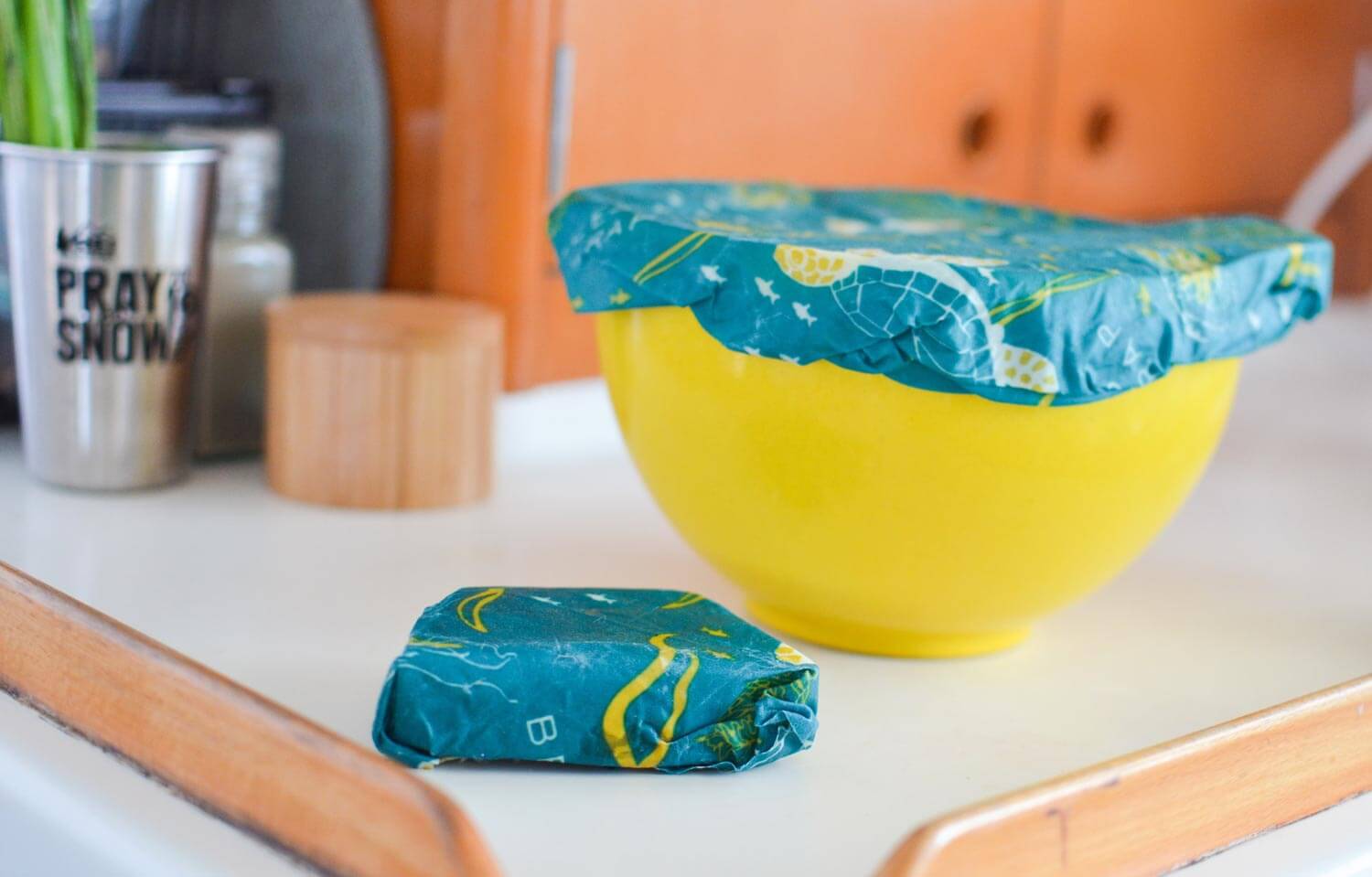
Here are a few areas where you can make adjustments.
- PAPER TOWELS. A reusable kitchen paper towel option can save on storage and trash accumulation. We still use shop towels in combination with rags for boat projects.
- FOOD STORAGE. Ditching plastic storage bags, plastic wrap, and even flimsy storage containers can reduce waste (and save you money). Look into more sustainable options such as beeswax wraps, Food Huggers, and Stasher reusable silicone bags.
- PERSONAL CARE. Explore options to eliminate paper and plastic in the bathroom. Reusable products for makeup removal, women’s menstrual products, and even Q-tips can make a big difference. A bidet will reduce toilet paper usage.
READ MORE: Excited to learn more about sustainable options? See more Zero Waste Swaps for Small Spaces.
What Is It Like to Live on a Boat?
The migration to the cruising life is a significant shift from land life, full of unknowns and challenges. But there are rewards as well.
Every day brings more comfort, less anxiety, and more knowledge of how to make living on the water work for you.

Whether you’re considering living on a boat or you have already moved aboard, I hope you found some helpful tips to make life on the water a little easier.
Want more tips on how to get started cruising on a boat?
View our guide on liveaboard boat life for priceless tips for learning how to live on the water.
Like this post? Save it on Pinterest for later.
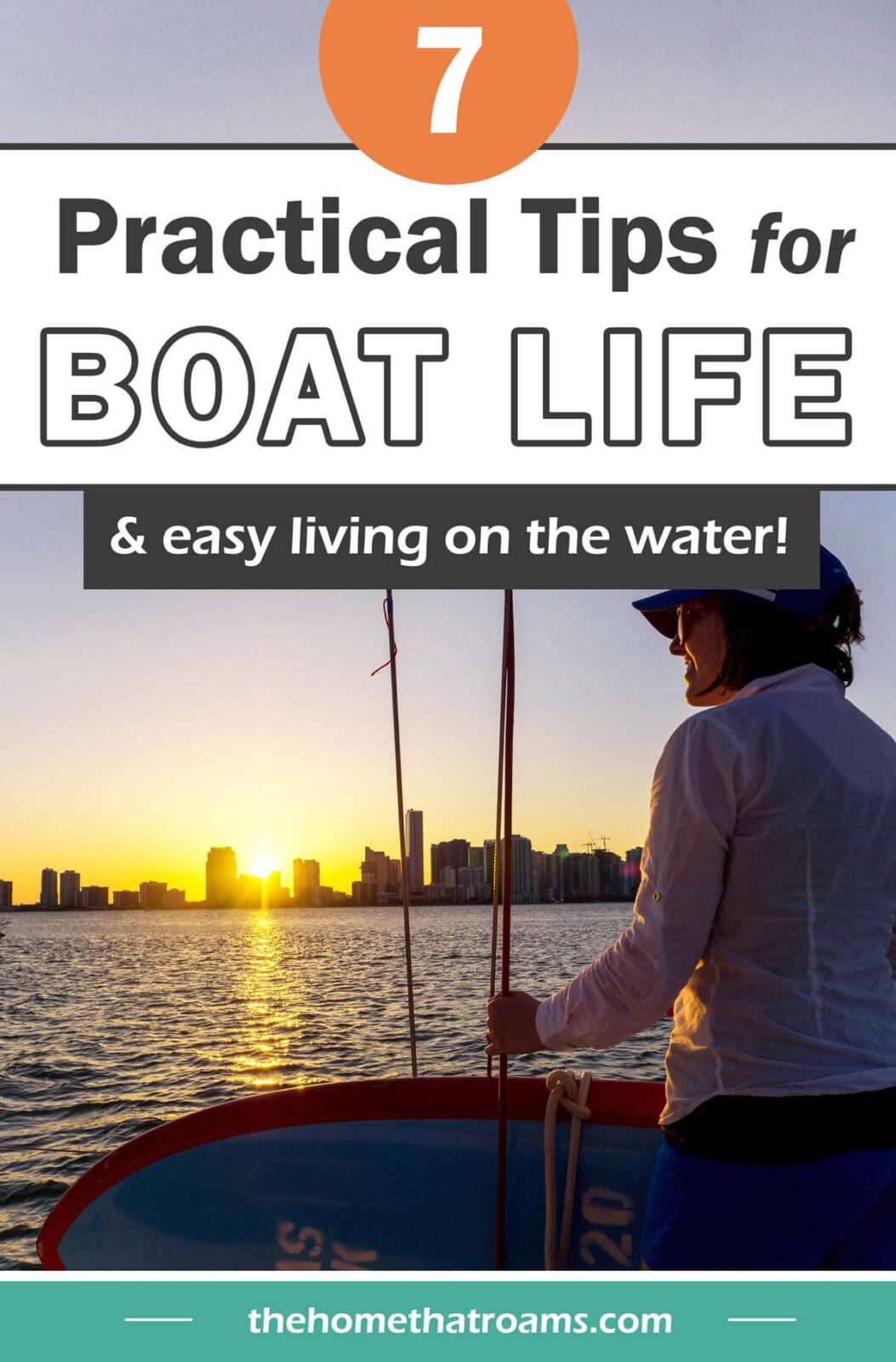

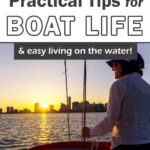

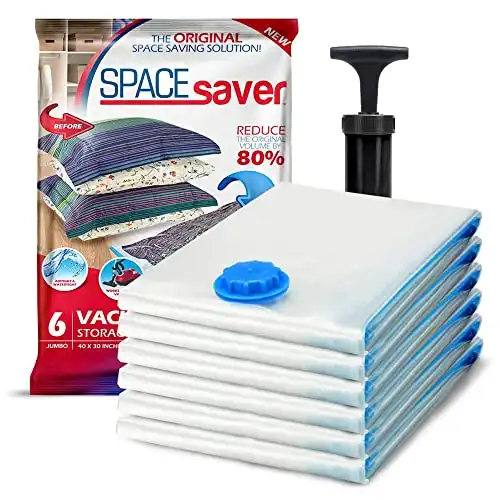
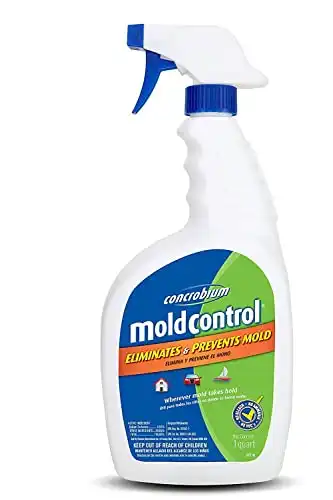
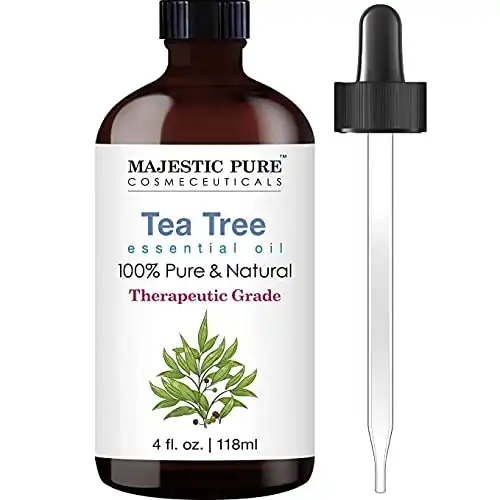
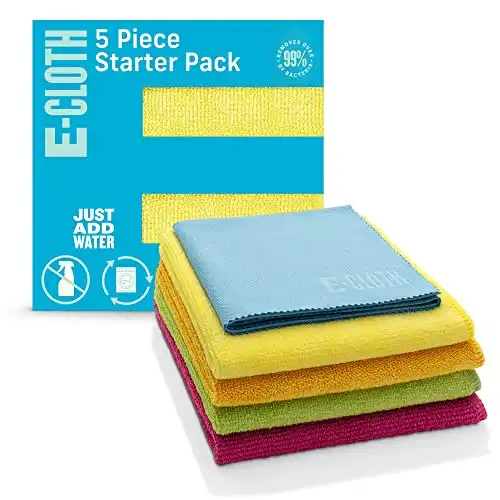
This was very nice to read! Thank you for sharing!
Absolutely! So glad you found it helpful.